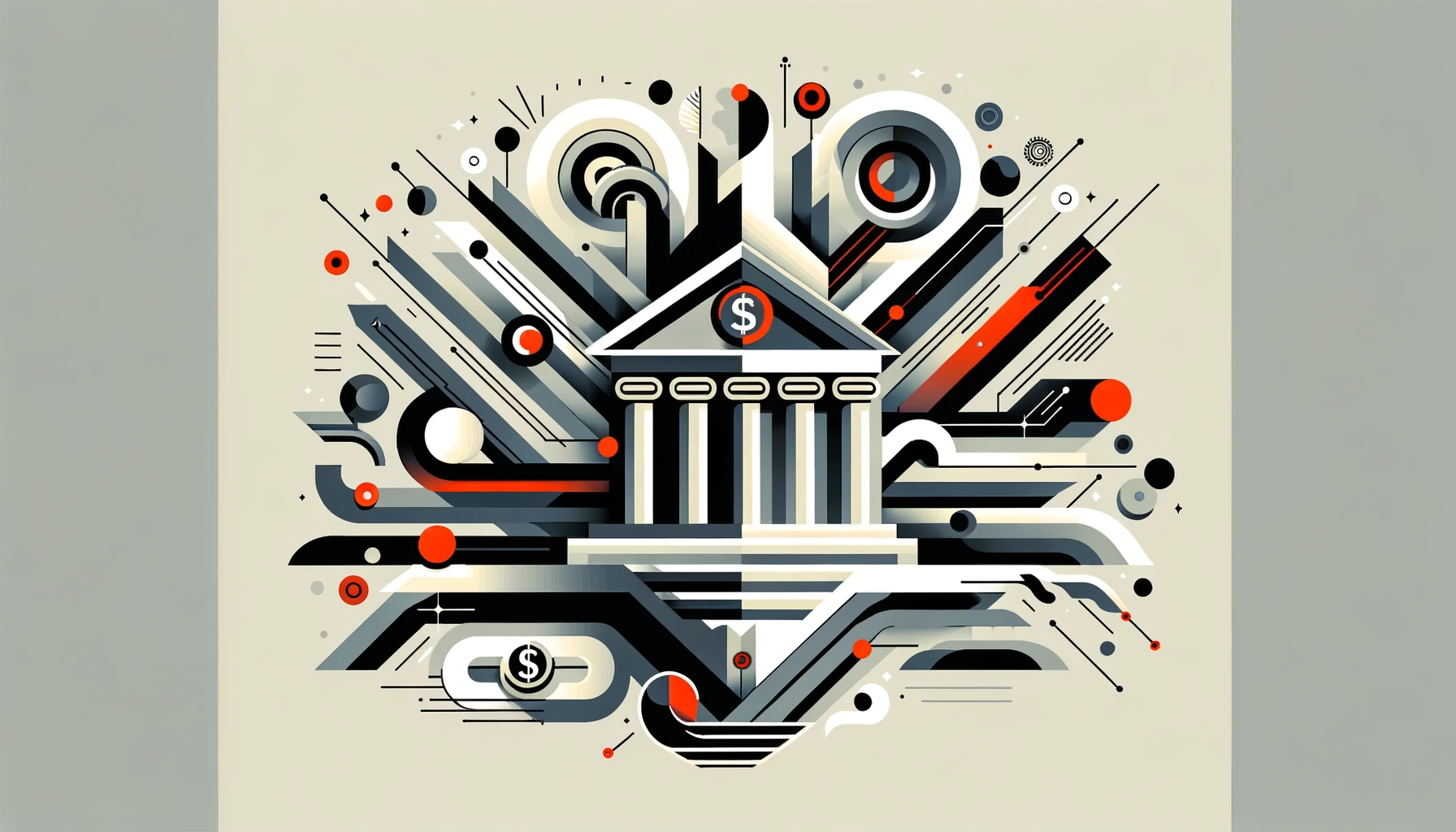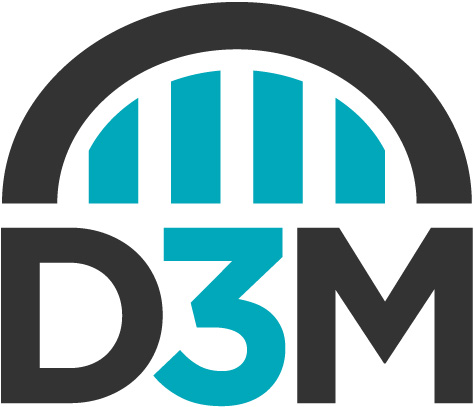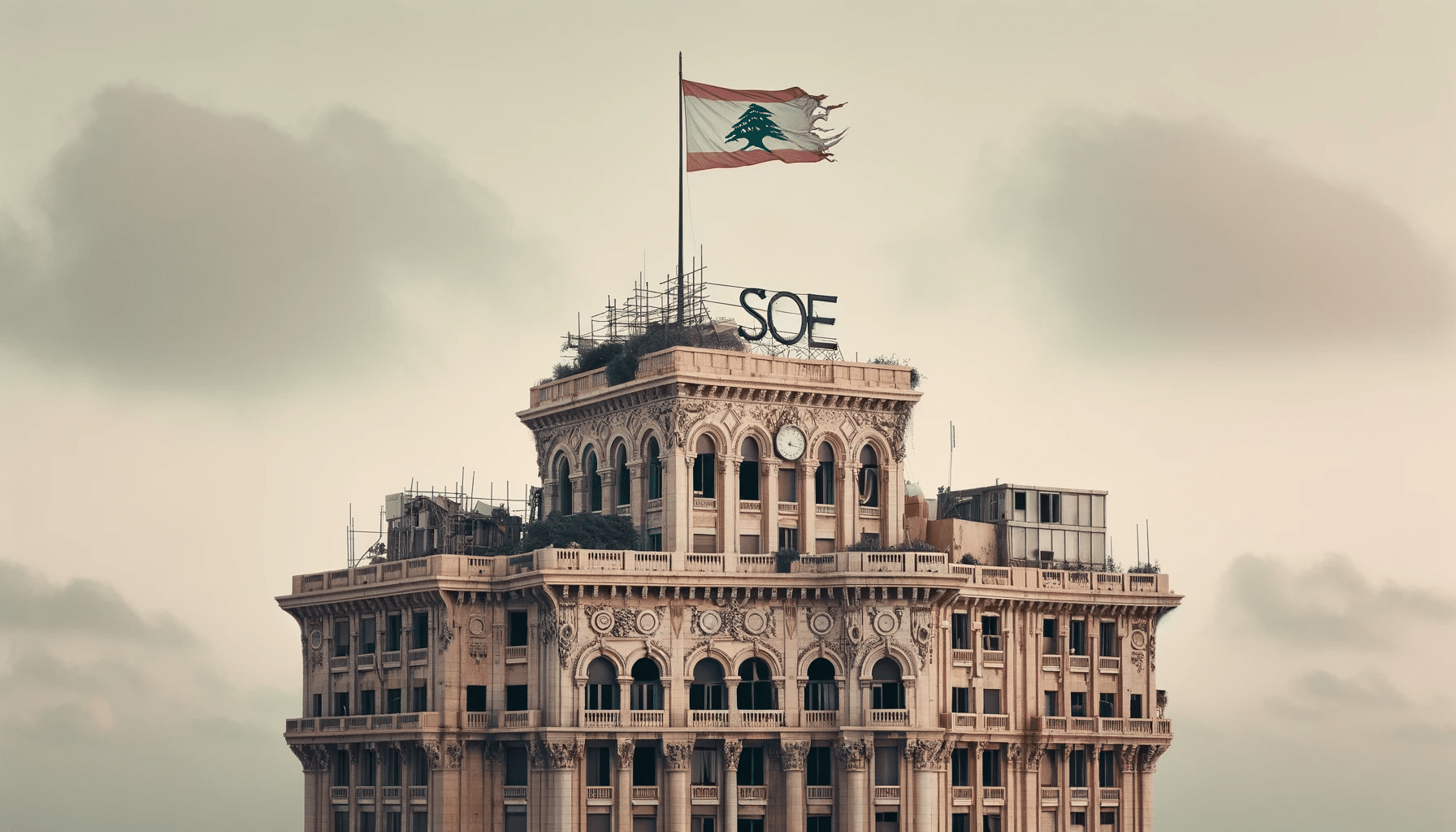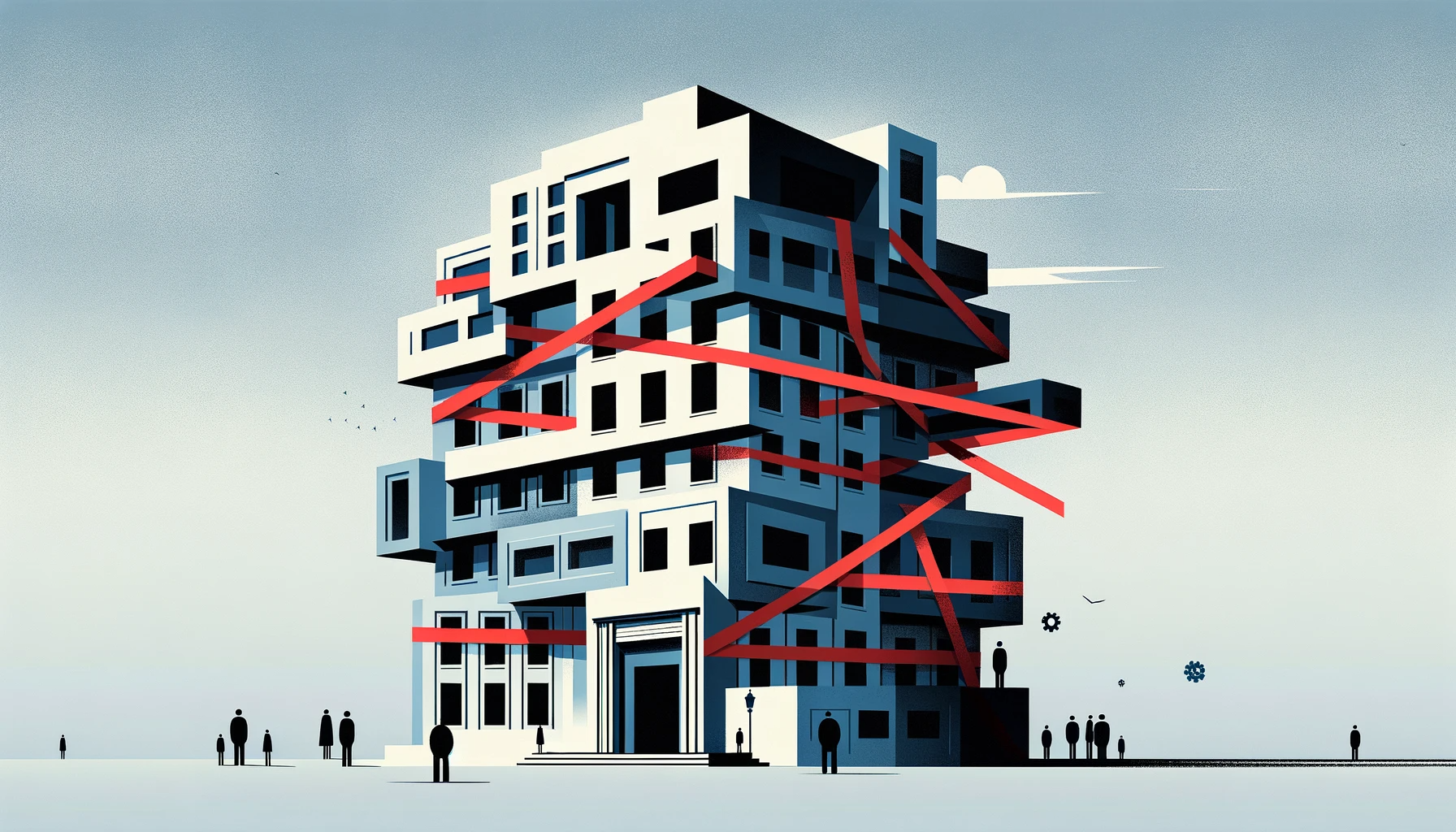The following talking points are drawn from our previous research proposing a Progressive Deposit Recovery Plan (PDRP).
TALKING POINT 1: Comprehensive Audit and Payout for Small Depositors
KEY MESSAGE
A comprehensive audit of the Banque du Liban (BDL) and Lebanon’s commercial banks is the foundation of Phase I of the PDRP, which aims to restore funds, in their original currency, to ‘small depositors’.
- A financial audit of all commercial banks and the BDL will establish the size of the “financial gap”, meaning the difference between what banks owe depositors and the funds they have available and held in reserve at BDL.
- Most small depositors will see their funds fully restored under a near-term payout, with the payout cap being determined by the funds available in the banking sector (as determined by the audit).
- All accounts below a compliance threshold will be eligible for the near-term payout. Accounts eligible for the near-term payout but holding funds in excess of the payout cap will be restored up to the cap, with unresolved amounts being addressed in Phase II.
- The practice of ‘lirafication’ will end: all deposit repayments will be in the currency of the original deposit.
TALKING POINT 2: Compliance Standards and Interest Clawback
KEY MESSAGE
Compliance standards will be applied to all large account holders, while all funds above the near-term payout cap will be subject to an interest clawback, in which all excessive interest payments during the BDL’s financial engineering programme, from 2015 onwards, will be recalculated at a rate of 3 percent.
- Accounts above a compliance threshold (yet to be determined, but likely between $200,000 and $500,000) will be scrutinized to ensure they were not gained through illicit activities and had paid appropriate taxes.
- Account holders will be given six months to produce documentation proving the legality of their funds, with a certification process involving the commercial banks, a BDL committee, and the courts.
- Failure to produce valid documentation within six months, as well as those accounts that fail to pass the certification process, will lead to those funds being forfeited.
- The excessive interest payments commercial banks paid depositors under the BDL’s Ponzi scheme (which reached as high as 25 percent) will be recalculated down to 3 percent rate (for all funds in excess of the near-term payout cap). This could potentially reduce outstanding deposit liabilities by around $9 billion.
TALKING POINT 3: Gradual Recovery of Large Deposits
KEY MESSAGE
In Phase II, large deposit recovery will occur gradually and through three avenues: a volunteer cash out, a bank bail-in, and a deposit recovery fund (DRF). Each avenue will be funded differently and each large account will be restored using a mix of these avenues.
- The Volunteer Cash Out allows depositors to receive a portion of their funds, capped at 10 percent of their deposit, at a discounted rate. Funding comes from clawbacks on dividends paid to shareholders by commercial banks since 2015.
- The Bank Bail-In involves determining the fair market value of commercial bank shares through the audit of their non-liquid assets. Existing shareholders will then be given the option to repurchase their shares at this price or forfeit their stakes.
- A portion of depositor savings will be exchanged for bank shares of equal value.
- Banks will retain some capital for operational purposes during the sector’s consolidation and restructuring.
TALKING POINT 4: Deposit Recovery Fund
KEY MESSAGE
The Deposit Recovery Fund (DRF) will be a transparent public institution that will assume and manage the repayment of commercial bank liabilities. It will be funded by existing government debt, BDL’s acquired assets, and legal actions against those who caused and benefited from the financial crisis.
- Government debt, held by commercial banks and BDL in the form of Eurobonds, will be transferred to the DRF, with the government maintaining the obligation to pay down such liability.
- Revenue-generating assets BDL seized through previous commercial bank bankruptcies, and those deemed insolvent banks under the PDRP, will also be transferred to the DRF. The revenues from these assets will be earmarked for the syndicates and the National Social Security Fund to maintain payments to their beneficiaries.
- Legal actions will include clawbacks on large financial transfers outside Lebanon in the runup to and following October 2019, penalties for bank officials and owners who facilitated illegal transfer, seizing funds deemed illicit, and seeking compensation from those who paid back commercial loans over $1 million at a discounted rate after October 2019.
- The DRF, a public institution, will operate transparently, including annual reporting and auditing.
TALKING POINT 5: Recapitalizing BDL and Maintaining a Viable Banking Sector
KEY MESSAGE
The government will recapitalize BDL and commercial banks that are willing and able to pass set criteria to stay in business, allowing for restructuring and consolidation of the banking sector and the re-emergence of viable commercial banks.
- While the PDRP will see the central bank relinquish its available reserves to the near-term small depositor payout, and its acquired assets and Eurobonds to the DRF, BDL will maintain its gold reserves and other assets. Commercial banks that remain operational will also be obliged to place a 10 percent reserve requirement at BDL.
- The Lebanese government will then recapitalize BDL by $2.5 billion to allow the central bank to continue to carry out its monetary policy mandates.
- Individual commercial banks can continue operating provided they can meet three criteria:
- Step #1: They must fully repay all their depositors below near-term payout cap.
- Step #2: Existing shareholders must either recapitalize the bank (i.e. “bail-in”) or forfeit their shares as compensation to remaining depositors.
- Step #3: They must raise enough funds to meet a new capital adequacy ratio.
- Banks that remain operational will be transferred back their share of DRF liabilities, as well as their previously held Eurobonds, thereby maintaining both liabilities and assets.
- Banks that remain operational must earmark a portion of future profits to meet existing depositor liabilities until all are repaid.
This paper was compiled with the support of the Friedrich Ebert Stiftung.




